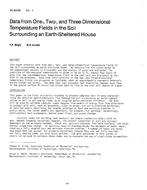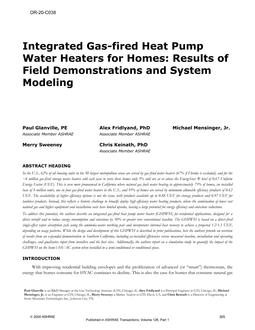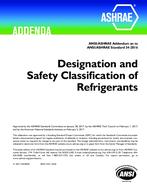Detecting degradation faults remains a challenge in spite of the advances in monitoring and controls software. Basic monitoring equipment can be used to detect the most obvious faults. However, degradation faults can have a small effect on the system’s ability to control building conditions and occupants’ comfort while having a large effect on energy consumption and expected equipment life. Research conducted over the past decade has sought to enable a building energy management system (BEMS) with embedded fault detection and diagnostic software to identify typical system faults, generating warning alarms if the system performance begins to degrade.
This paper presents a model-based approach to fault detection and diagnostics for a reciprocating chiller and examines the performance of the method using simulation and experimental data. MATCH (model-based assessment tool for chillers), the implementation of the classifier and expert rule set in the software, was first applied to fault-free and faulty experimental data using seven performance indices. As expected, the ability to detect faults is influenced by the severity of the fault and the operating conditions. MATCH successfully detected and diagnosed condenser fouling, refrigerant under-charge, and refrigerant overcharge at a fault level of 20% or greater and evaporator fouling and liquid line restriction at a fault level of 30% or greater. Results highlight the difficulty of detecting and diagnosing a liquid line restriction for systems using thermal expansion devices.
Units: Dual
Citation: Symposium Papers, Atlantic City, 2002
Product Details
- Published:
- 2002
- Number of Pages:
- 15
- File Size:
- 1 file , 1.4 MB
- Product Code(s):
- D-7021


